Circuit Breakers

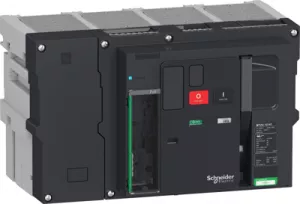
Order No.:
03P6948
Manufacturer SKU:
LV848252

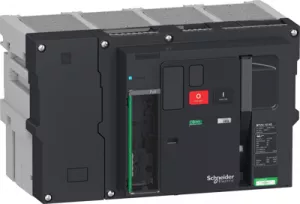
Order No.:
03P6949
Manufacturer SKU:
LV848253

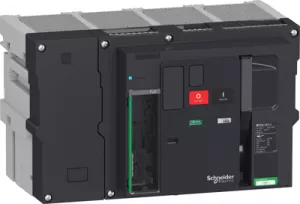
Order No.:
03P6950
Manufacturer SKU:
LV848254

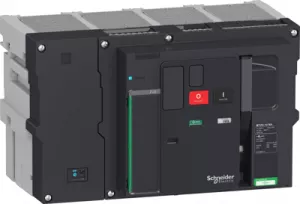
Order No.:
03P6951
Manufacturer SKU:
LV848255

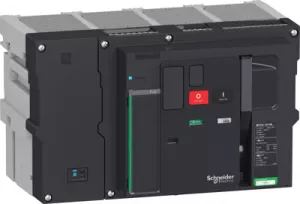
Order No.:
03P6952
Manufacturer SKU:
LV848256

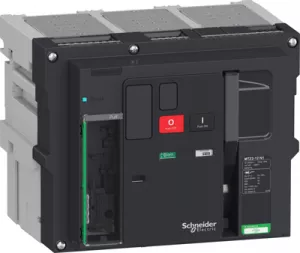
Order No.:
03P6953
Manufacturer SKU:
LV848258

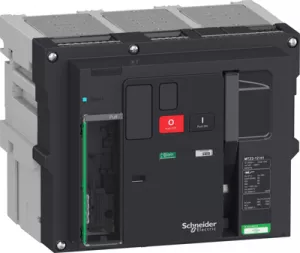
Order No.:
03P6954
Manufacturer SKU:
LV848259

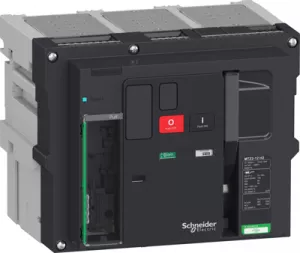
Order No.:
03P6955
Manufacturer SKU:
LV848260

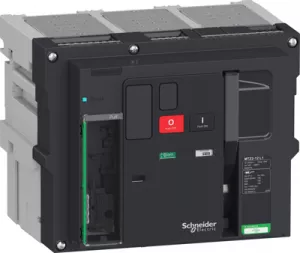
Order No.:
03P6956
Manufacturer SKU:
LV848261

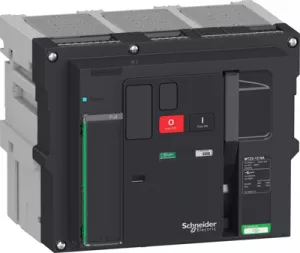
Order No.:
03P6957
Manufacturer SKU:
LV848262

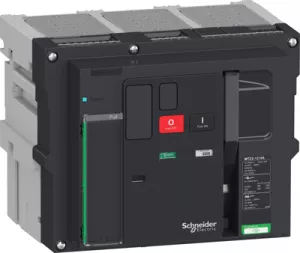
Order No.:
03P6958
Manufacturer SKU:
LV848263

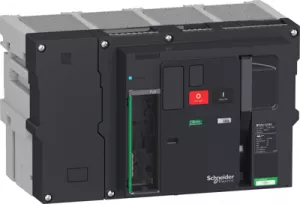
Order No.:
03P6959
Manufacturer SKU:
LV848265

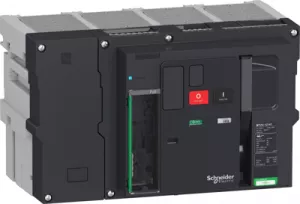
Order No.:
03P6960
Manufacturer SKU:
LV848266

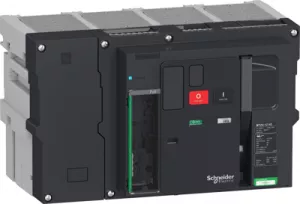
Order No.:
03P6961
Manufacturer SKU:
LV848267

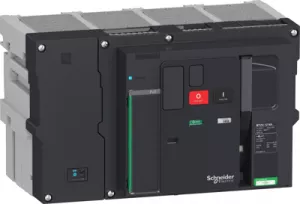
Order No.:
03P6963
Manufacturer SKU:
LV848269

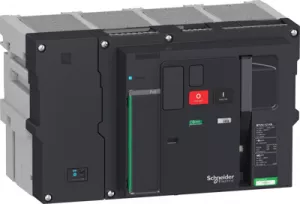
Order No.:
03P6964
Manufacturer SKU:
LV848270

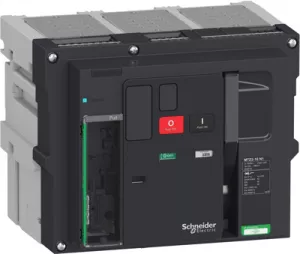
Order No.:
03P6965
Manufacturer SKU:
LV848272

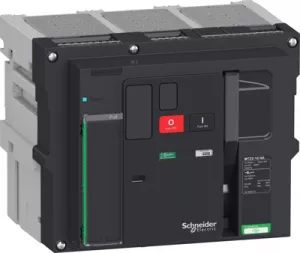
Order No.:
03P6969
Manufacturer SKU:
LV848276

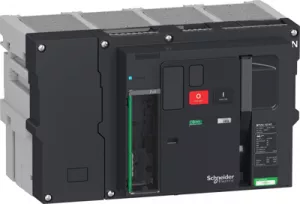
Order No.:
03P7069
Manufacturer SKU:
LV848426

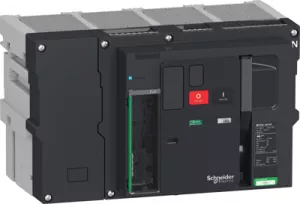
Order No.:
03P7070
Manufacturer SKU:
LV848427
Safety guaranteed: Functions and advantages of switch-disconnectors
Circuit breakers are used to protect electrical circuits by automatically switching off in the event of an overload or short circuit. They can be switched back on, eliminating the need for one-way fuses. Switch-disconnectors, on the other hand, specialize in safely isolating electrical circuits from the power supply.
Unlike circuit breakers, switch-disconnectors do not perform a protective function, but merely ensure safe isolation as well as prevention of accidental switch-on. Both electromechanical components are indispensable in electrical installations and in the energy sector, with circuit-breakers primarily ensuring the protection of installations, while switch-disconnectors are used for maintenance and repairs.